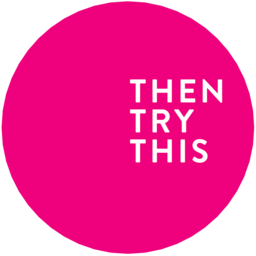Penelopean robotics theory and the woven cosmos (part 1)
The Penelope project is concerned with many things, pattern structures in ancient poetry, comparisons of Andean and Greek mathematics, and the role of liveness in thought processes - to name just a few. We can also add robotics to this list.

